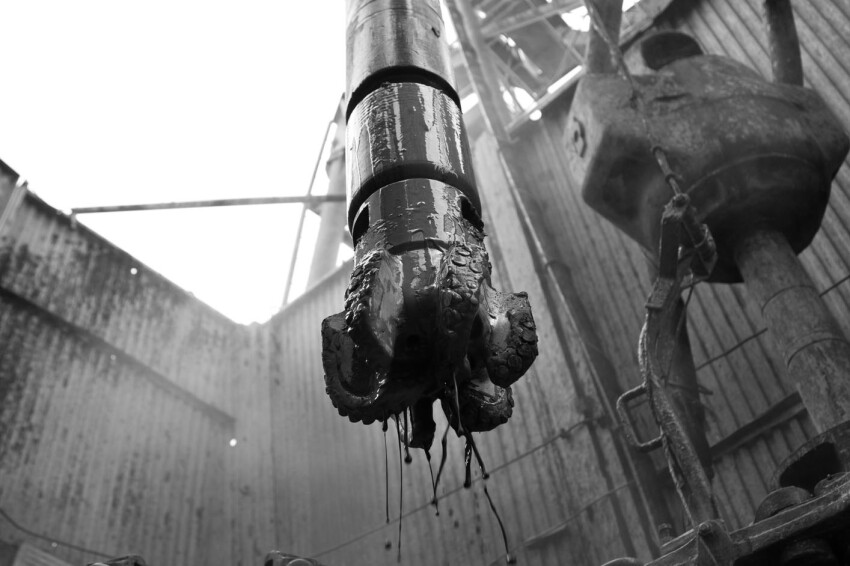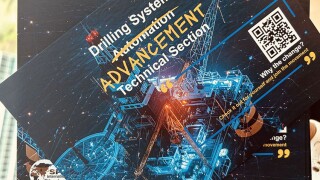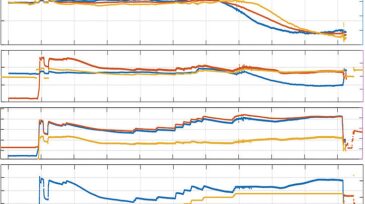Drilling automation
This research aims to develop a fluid-advisory system that provides recommendations for optimal amounts of chemical additives needed to maintain desired fluid properties in various drilling-fluid systems.
The SPE Drilling Systems Automation Technical Section has a new name—and a bigger mission. Discover how DSATS is evolving beyond automation to drive smarter, more connected, and more human-centered drilling systems for the future.
This paper presents the development of a digital tool for automatically analyzing the readiness of a borehole to accept casing. The tool integrates data-driven and physics-based models to indicate locations of risk along the wellbore.
-
A group of people who really care how drillers code the memos added to the daily drilling report is the data scientists—who find that the coded tags do not match the activity. A program that helps drillers code is one of three technologies featured in a JPT series on drilling measurement innovation.
-
ExxonMobil’s rig automation experiment is accelerating, with plans to push the number of rigs in the system from three to nine. Drilling efficiency was improved by use of an automated pipe-handling system, which reduced the median time required for connection at one location by 20%.
-
Engineering career tip of the day: If you are using Microsoft Excel at work, don’t leave it open on your computer when your boss is nearby.
-
Drilling rig automation is increasing as the industry realizes its benefits. What about downhole automation of the drilling process, specifically directional drilling? What problems might it solve and what opportunities might it create? The opportunity is huge, if only we look in the right place.
-
This paper shows how high-frequency, real-time drilling data from wired drillpipe has helped optimization of drilling performance and achievement of additional improvements in the New Mexico Delaware Basin.
-
This paper describes how new technology was implemented and deployed through a downhole acoustic network through a sequence of runs in complex North Sea wells under managed-pressure conditions.
-
This paper discusses how oil and gas companies are using a new generation of AI-driven applications powered by computational-knowledge graphs and AI algorithms to create a digital knowledge layer for oil and gas wells that provides a timeline of significant well events.
-
Hess is testing whether it can drive drilling improvement by combining drilling rigs equipped with automated functions and humans determined to find a way to beat the programmed drilling.
-
Rigs drilling faster earn less money per foot because they are contracted by the day. But at least they are still working. Now service companies are developing new rigs with more automated functions, and want increased rates based on the productivity gains achieved.
-
Drilling systems automation (DSA) is moving into commercial activities on a broad front. Equipment suppliers are delivering automated drilling-control systems, and everyone (equipment suppliers, service companies, drilling contractors, operators) is delivering systems-automation applications.













